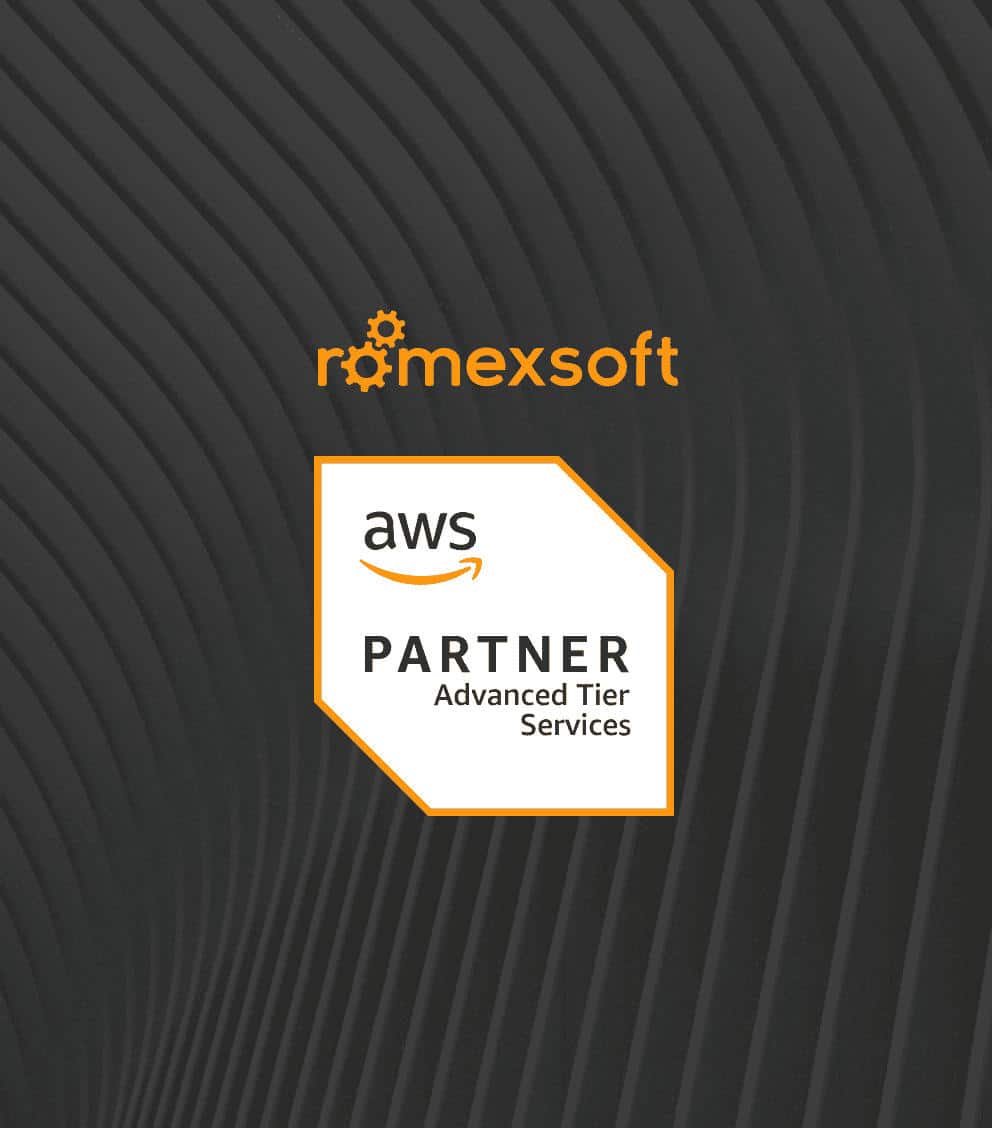
The cost of an average data breach in the healthcare sector exceeds $10.1 million and IBM reports indicate that this number is rising every year. Data from Statista shows that ransomware attacks alone can cost up to $2.57 million for healthcare organizations to recover from. At this point, investing in cloud security must be a priority for business survival.
In this article, we will discuss the main cloud security threats for healthcare businesses and how to protect against them on every level.
The blog discusses:
- meaning of cloud security in healthcare
- core types of security measures in the cloud
- compliance requirements for healthcare data handling
- how healthcare data is protected in the cloud
- main threats to cloud-based healthcare systems
- best practices for healthcare cloud security
- how Romexsoft helps healthcare clients with security
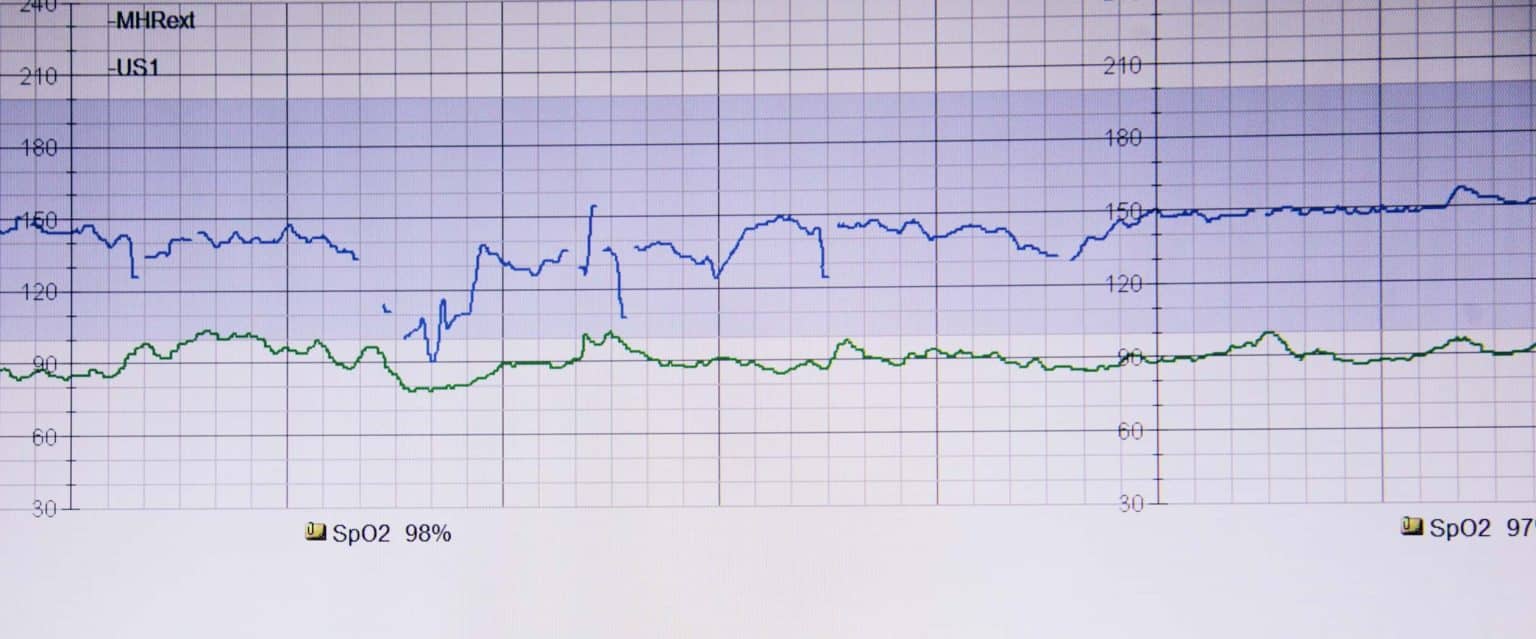
Various operations involving large amounts of healthcare data often present multiple challenges, including fragmented data, significant regulatory pressures, and costly integrations. If even one of the stated challenges resonates with your case, healthcare data mining may become a solution. Throughout the article, you’ll discover what medical data mining is, how it works, how it can boost patient care quality, and how your healthcare business may benefit from utilizing it.
The blog discusses:
- what is data mining in healthcare and how it works
- key benefits you’ll obtain
- main data mining techniques
- real-world applications of data mining in the healthcare industry
- common challenges to be aware of
- healthcare data mining future trends
- how Romexsoft will support your data mining initiative
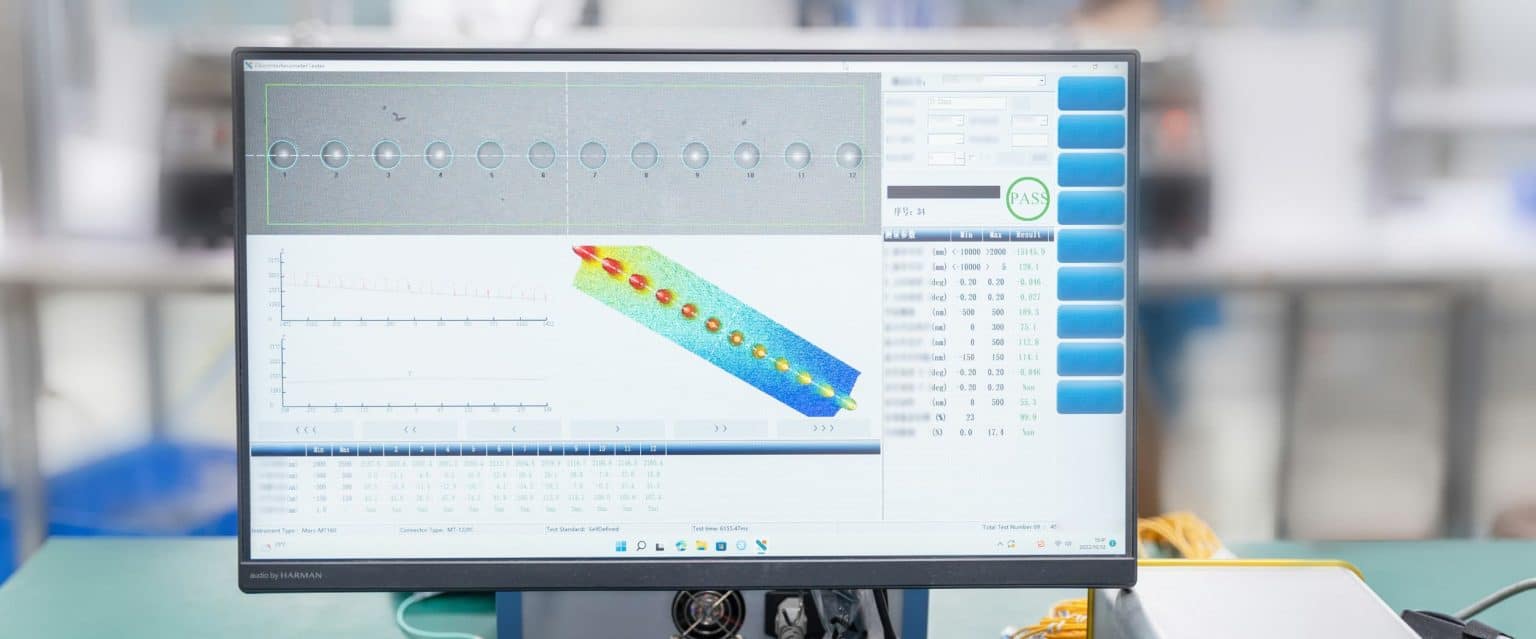
How are the Internet of Things (IoT) and the Internet of Medical Things (IoMT) a gateway to significant progress in healthcare? The proof is the transformation of the treatment process into a more accurate, continuous, and patient-centered experience. In this article, we will look at the practical benefits that IoT technology can bring to doctors and patients in the upcoming decade, as well as the technical nuances of its design.
The blog discusses:
- advantages of IoT in healthcare
- how it operates in clinical practice
- examples of applications
- tips on finding the right IoT approach
- upcoming innovations
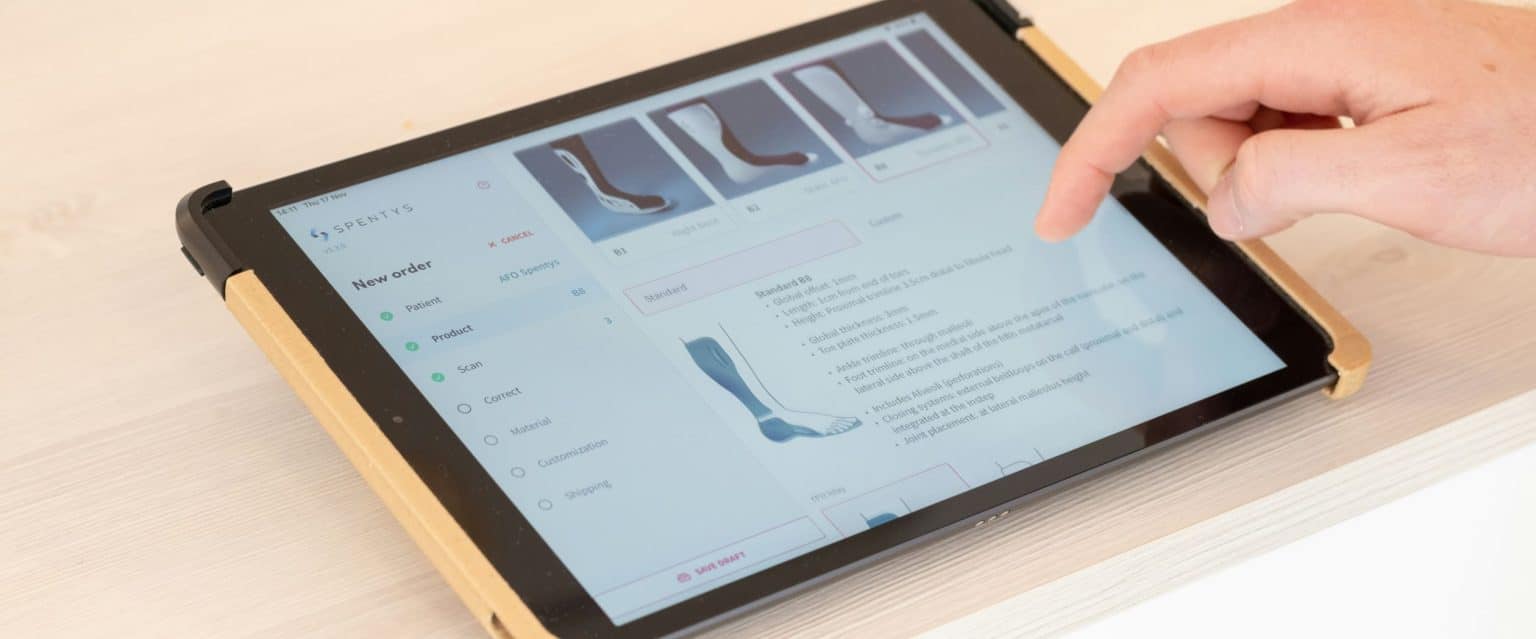
The role that software plays in the medical sphere is becoming all the more central. This article dives into Software as a Medical Device (SaMD), explaining how these unique software solutions are managed within existing regulations in the industry. We will explore the current US regulatory landscape and highlight ongoing efforts to balance innovation with the safety of care recipients.
The blog discusses:
- definition of SaMD
- difference between SaMD and SiMD
- regulations in US and EU
- types of SaMD
- software development process
- future trends
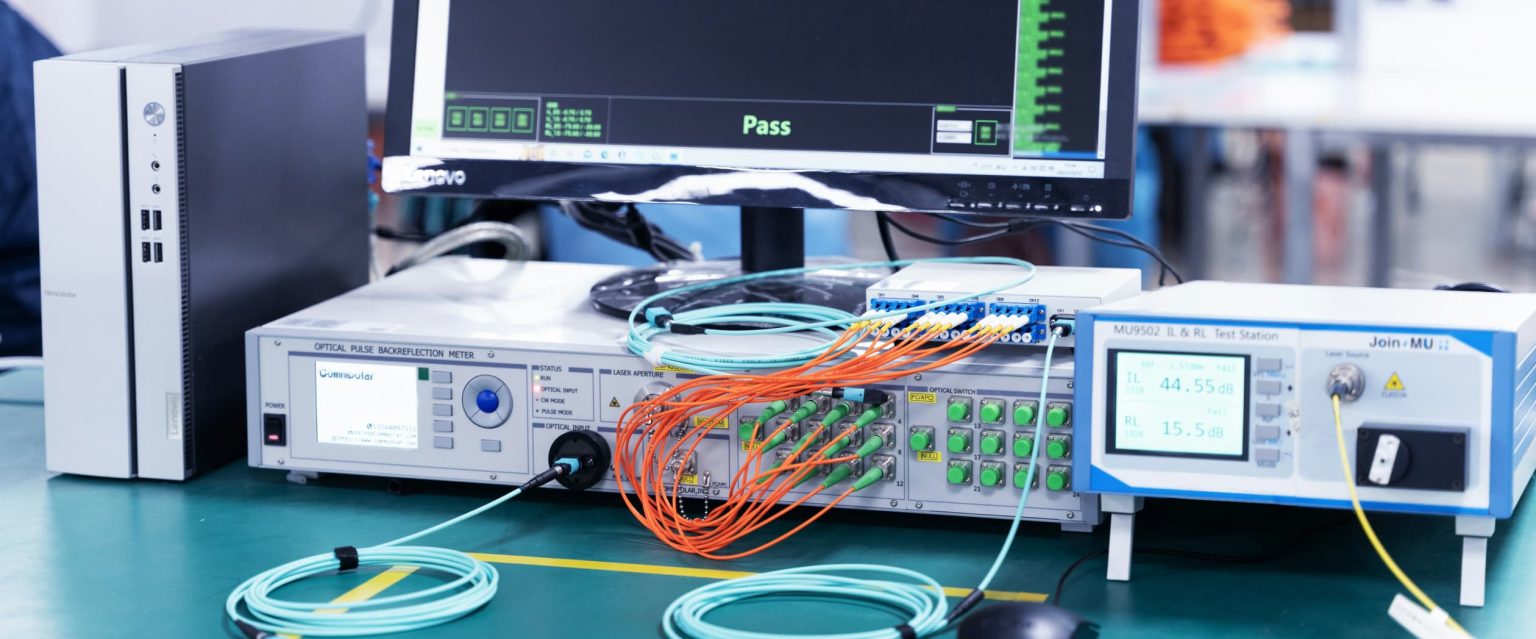
Cloud computing is rapidly changing healthcare by making vital patient information more secure, cost-effective, and easier to share. This powerful technology streamlines operations, from managing electronic health records to speeding up clinical analyses and improving telehealth services. This article demonstrates how cloud solutions reduce costs and enhance patient care, and explains why this beneficial shift is being adopted so quickly despite initial privacy concerns.
The blog discusses:
- the definition of cloud computing
- how it can benefit the healthcare industry
- use cases of cloud computing
- steps of adoption
- key trends of cloud computing
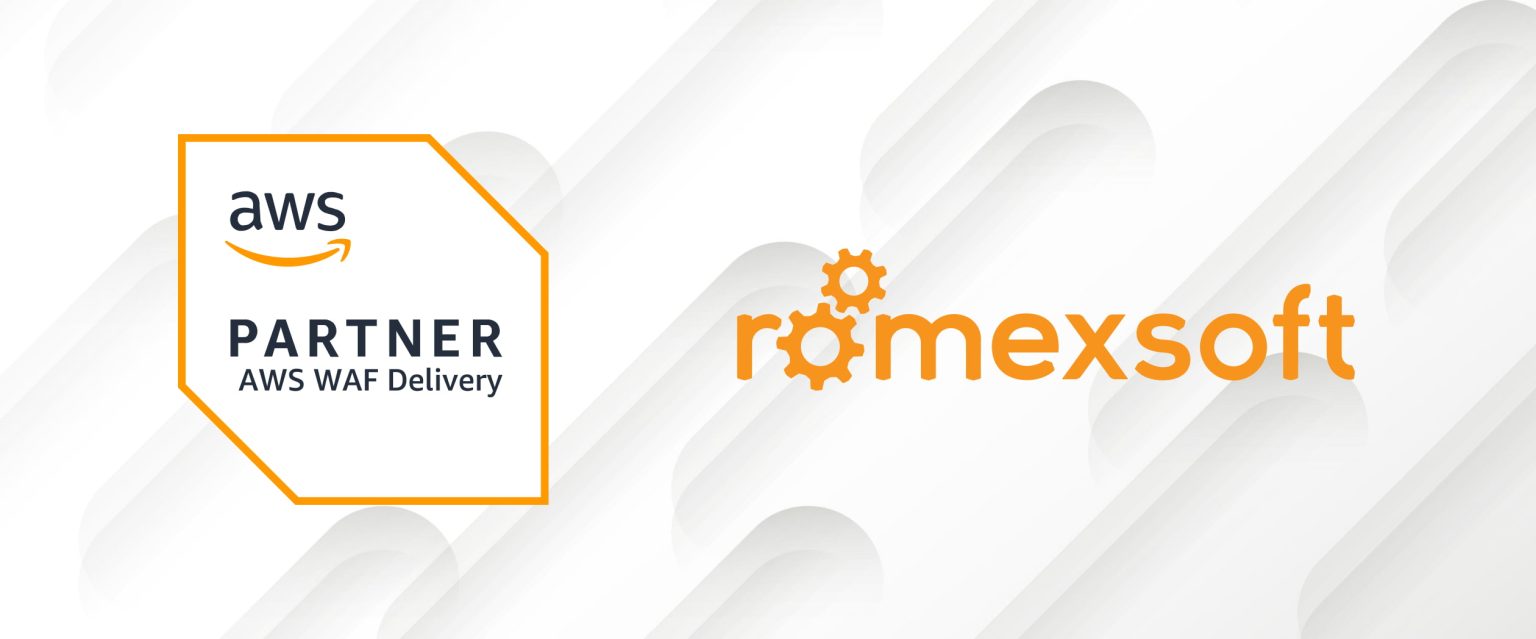
We’re glad to announce that Romexsoft has achieved the AWS WAF (Web Application Firewall) Delivery Designation – a recognition that underlines our validated expertise in implementing AWS WAF to protect web applications against common exploits and vulnerabilities.
With the help of AWS Firewall, we equip organizations with advanced capabilities to address diverse use cases in the cloud protection landscape. From securing public APIs and login endpoints to protecting multi-tenant SaaS platforms, all efforts are aimed at enabling proactive and intelligent application protection.
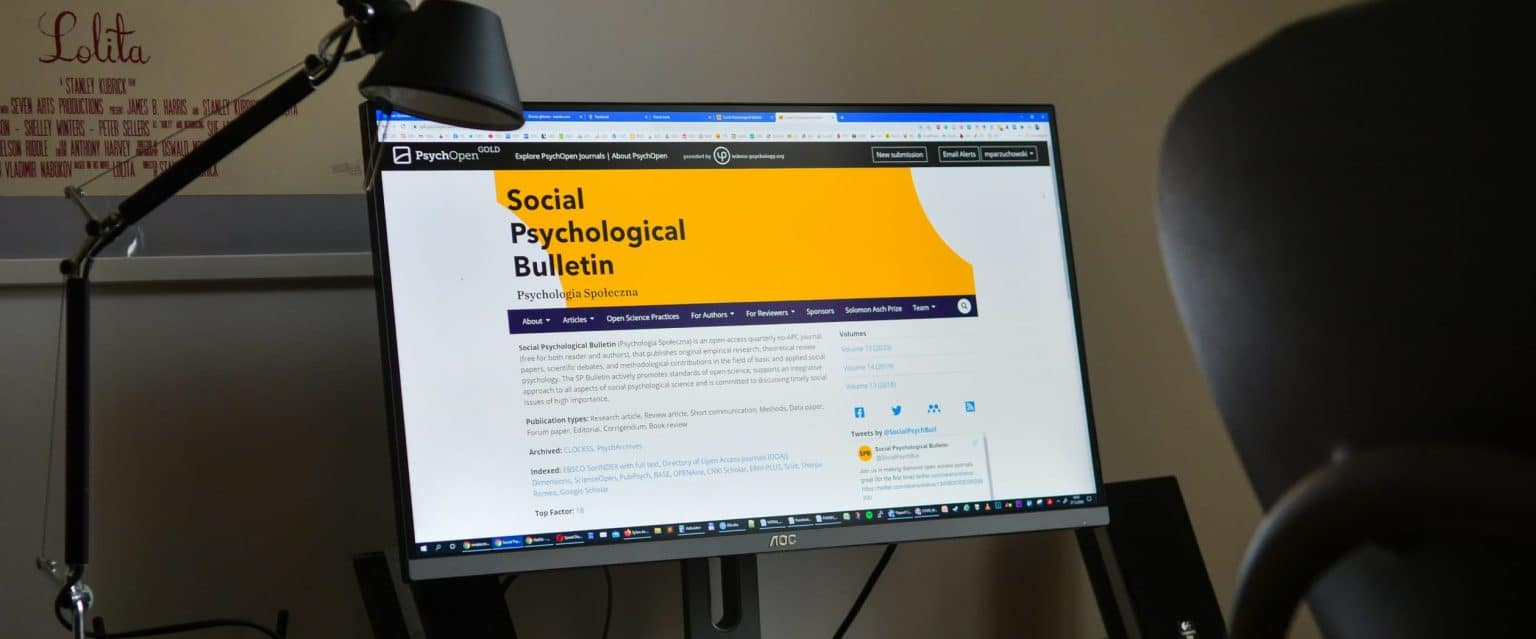
The increasing prevalence of mental health challenges creates a demand for innovative solutions. This article bridges this gap by providing a comprehensive guide for developing a mental health app with an outline of the significant benefits such an application can offer. It delves into the essential steps of creating such a solution and provides actionable strategies for designing an effective application.
The blog discusses:
- importance of mental health app
- key features to develop
- development challenges with their solutions
- mental health application development phases
- how to ensure software effectiveness

Modernizing healthcare software is an imminent step for those organizations that struggle with outdated legacy systems, resulting in high maintenance costs, security flaws, ineffective workflows, and limited interoperability – problems that can jeopardize patient care and compliance. The article will shed light on how these challenges can be addressed with healthcare application modernization and highlight practical strategies to create a more patient-centered, agile, and secure healthcare environment.
The blog discusses:
- benefits of healthcare software modernization
- legacy IT systems type
- practices for successful modernization
- challenges and solutions
- healthcare system improvement cases


